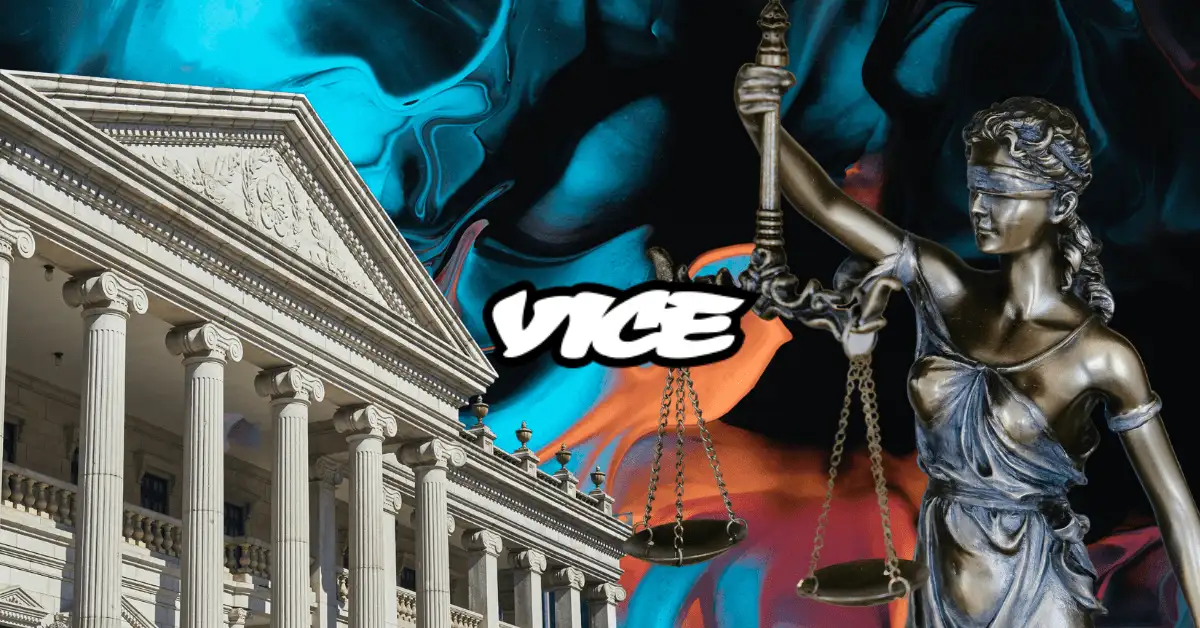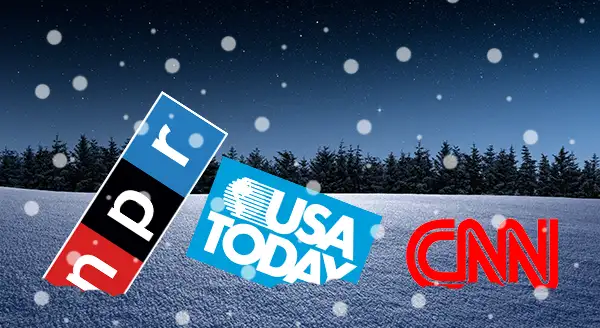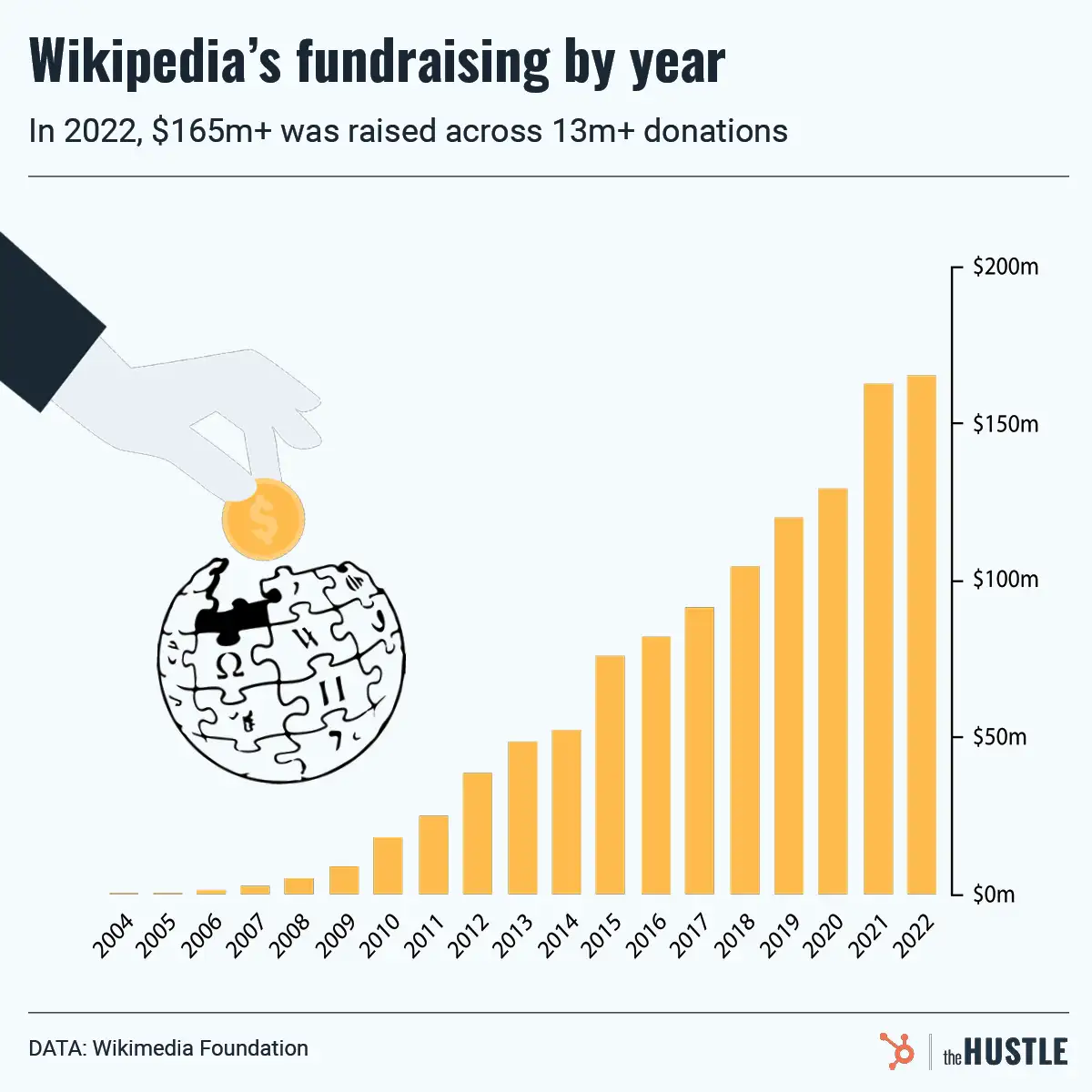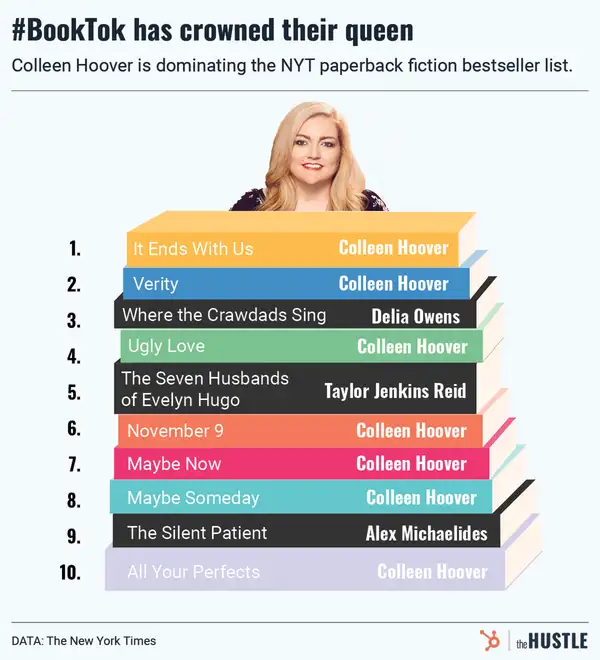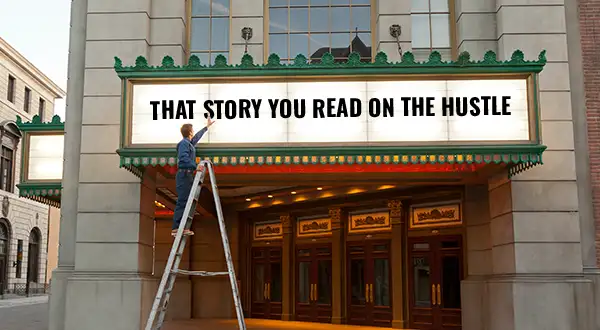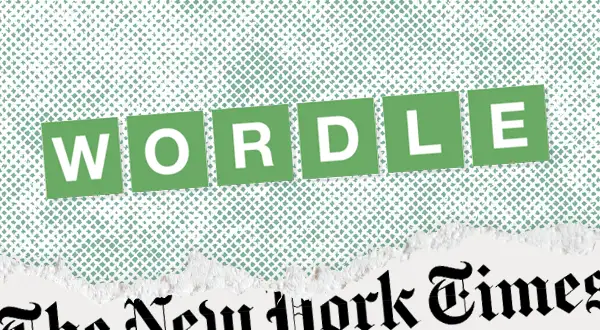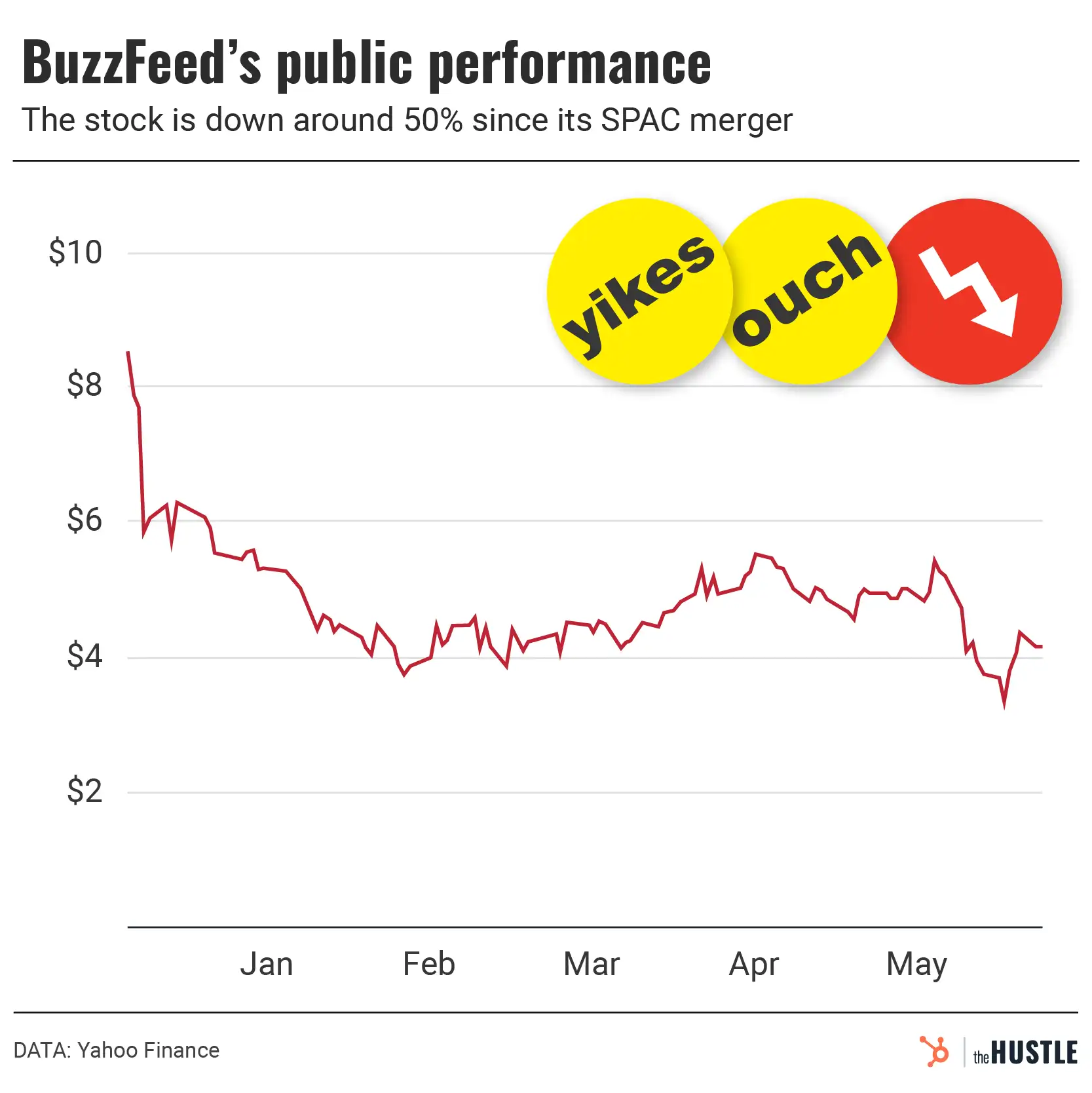Back in the day, the typical New York Times subscriber might’ve woken to the sound of a newspaper hitting their front porch.
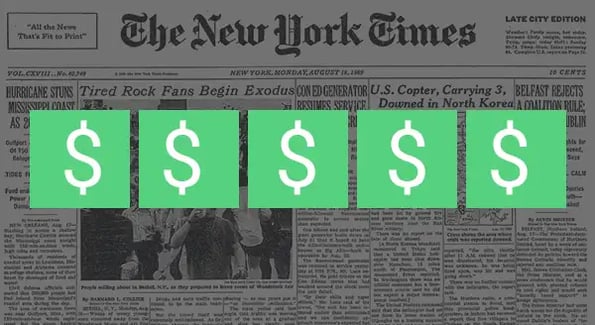
These days, they’re more likely to wake up to a push notification.
As the Times’ subscriber base has shifted to digital consumption, the company’s strategy has adapted as well, per Axios.
The new strategy…
… is centered around getting existing subscribers to use more of its products, including:
- Cooking, which has a library of 20k+ recipes, guides, and lessons
- Games, which has its flagship crossword puzzle, along with Spelling Bee, Tiles, and newly acquired Wordle
- Reviews, which offers access to thousands of Wirecutter product recommendations and buying guides
- Sports, which includes both national and local coverage from The Athletic
These complementary products are one reason NYT’s digital revenue has grown from $400m to $1.1B since 2016.
Why bundling?
According to NYT’s chief product officer Alex Hardiman, “Multiproduct subscribers pay the most and retain best.” It’s why the NYT isn’t the only subscription product embracing bundling.
Other recent bundlers are:
- Apple One, which includes music, cloud storage, games, Apple TV+, Apple News+, and Apple Fitness
- The Disney Bundle, which includes Disney+, Hulu, and ESPN+
A key to bundling is offering standalone options for each product, so the bundle price looks like a bargain. Which begs the question…
… is NYT’s bundle a good deal?
The collective price of NYT’s individual subscriptions comes out to $251/yr. The first year of NYT’s All Access subscription costs ~$163, a ~35% discount. Importantly, that discount drops in subsequent years.
Whether the bundle is a good deal depends on how much a subscriber uses each product.
Having recently passed 10m subs, NYT is shooting for 15m by 2027. If the bundling play works, news might become just a small part of the company’s business.



